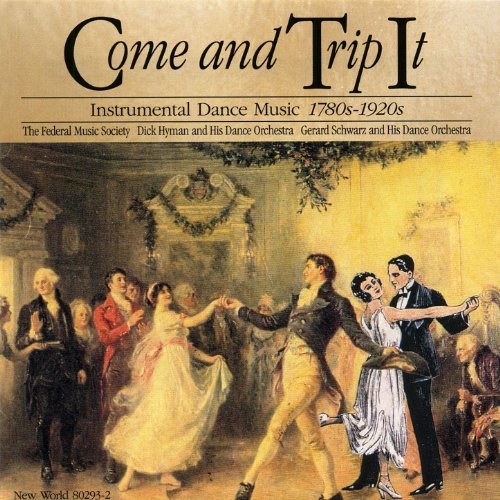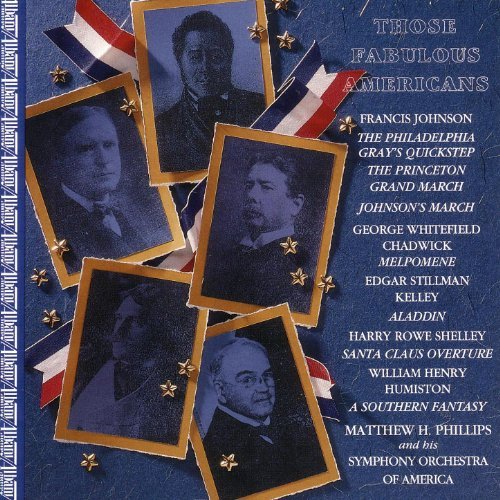About
Francis B. Johnson lived from 1792-1844. Born in Philadelphia, he eventually started his professional career around 1812 as a violinist. He also learned to play the bugle, keyed bugle, cornet, and various other instruments. Little is known of his early life, but it is believed that he received training from an Irish-keyed bugle soloist by the name of Richard Willis, who later took on a leadership position at West Point in 1818. The keyed bugle was invented by an Irish bandleader, Joseph Halliday, in 1810.
Despite his compositional works, most of Johnson’s fame was gained through his band’s recognition by wealthy white society. Johnson and his band became associated with the Philadelphia State Fencibles, which was a band contracted by the units of the militia, and the Summer Resort at Saratoga Springs, prior to the residency for the Philadelphia Orchestra. Johnson’s career really took off in 1824 when he composed the majority of the music for the welcoming celebration of General Lafayette who was a Revolutionary War hero who traveled the U.S. in celebration of his great achievement.
Although Johnson and his band were quite successful in Philadelphia and throughout the U.S., they sought to expand their audience and their musical knowledge by traveling abroad. In 1837, Johnson made a public announcement that he and a small portion of his band were planning to travel overseas to Europe. This was the first time ever that African American musicians toured Europe. They also had the pleasure of playing at the Buckingham Palace, and one of their audience members was Victoria right around the time that she was crowned Queen of England. While in Europe, they also studied different styles, enhanced their music library, and continued to play concerts. In 1838, they returned during the Christmas holidays. Upon their return, they began giving Promenade concerts fashioned after the French style. Johnson’s band toured throughout the U.S. including Detroit, Ann Arbor, Louisville, and Cleveland, as well as parts of Canada. Regardless of there renowned success, they were still refused entry into some states, such as Missouri.
Although he was extremely successful in the white community, Johnson maintained a presence within the black community as well. He would conduct pieces by Haydn and Handel at local black churches. He showed racial pride when he composed the “Recognition March on the Independence of Haiti” in response to the Haitian Revolution and “The Grave of the Slave” in response to the abolitionist movement in America. With all his success Johnson could not escape the racial persecution that permeated within his era. At times all-white bands would refuse to perform in parades that Johnson’s band were invited to. After concerts in Pittsburgh, Johnson’s band was followed by a mob that that threw stones and rocks at his group while shouting racial slurs.
At the end of his life Johnson became very ill and could no longer perform as frequently, but instead he composed more music. Johnson died in 1844, and his funeral was attended by hundreds of African Americans from the community. His band continued to play even after his death and they named themselves the Frank Johnson String and Brass Band. The band ended during the American Civil War. To this day, Johnson is recognized by some researchers as the forefather of ragtime and jazz.
–Olivia Johnson (Christie Finn, ed.)
This biographical essay is made possible because of the Song of America Initiative for African-American Classic Song, a collaboration between the Hampsong Foundation and Dr. Scott Piper’s Winter 2016 course “The Art Songs of African American Composers” at the University of Michigan in Ann Arbor.
Bibliography:
de Lerma, Dominique-René. “Francis B. ‘Frank’ Johnson.” AfriClassical.com. Web. 1 Jan. 2016. <http://chevalierdesaintgeorges.homestead.com/JohnsonF.html>.
“Francis Johnson: Music Master of Early Philadelphia.” University of Pennsylvania Libraries: University Archives and Records Center. Web. 22 Nov. 2016. <http://www.library.upenn.edu/exhibits/music/fjohnson/index.html>.
La Brew, Arthur R. “Johnson, Frank [Francis B.].” Grove Music Online. Oxford Music Online. Oxford University Press. Web. 22 Nov. 2016. <http://0-www.oxfordmusiconline.com.library.msmnyc.edu/subscriber/article/grove/music/A2249913>.
Related Information
Recordings

Come and Trip It: Instrumental Dance Music, 1780s-1920s
(Francis B. Johnson)
1994


